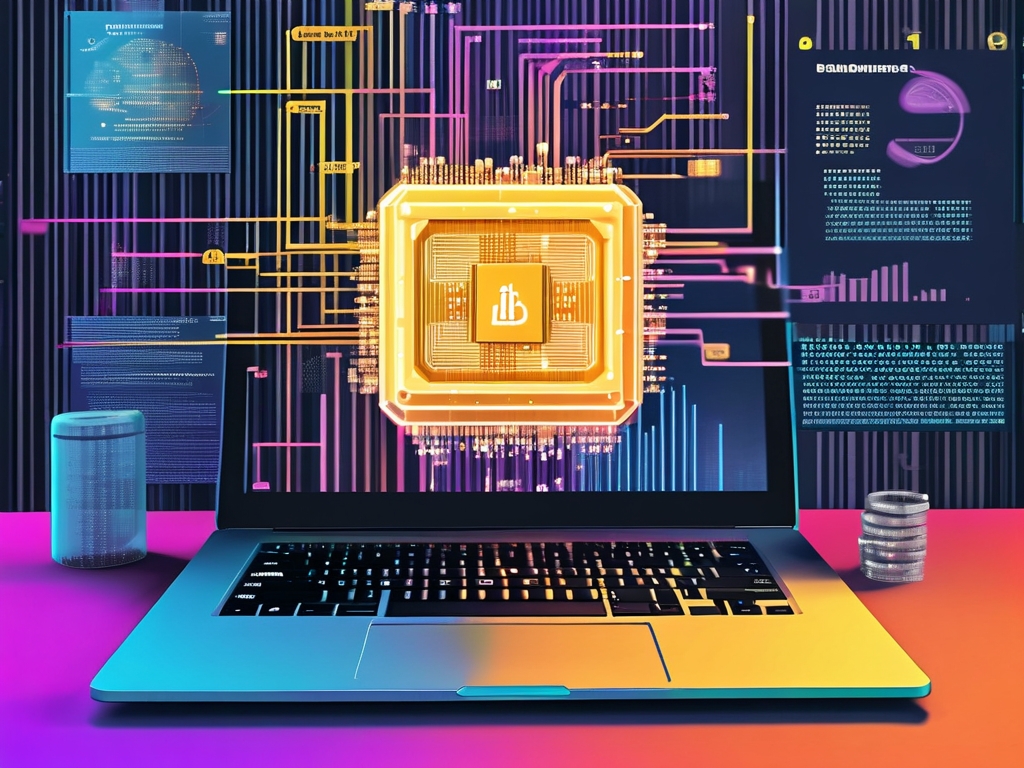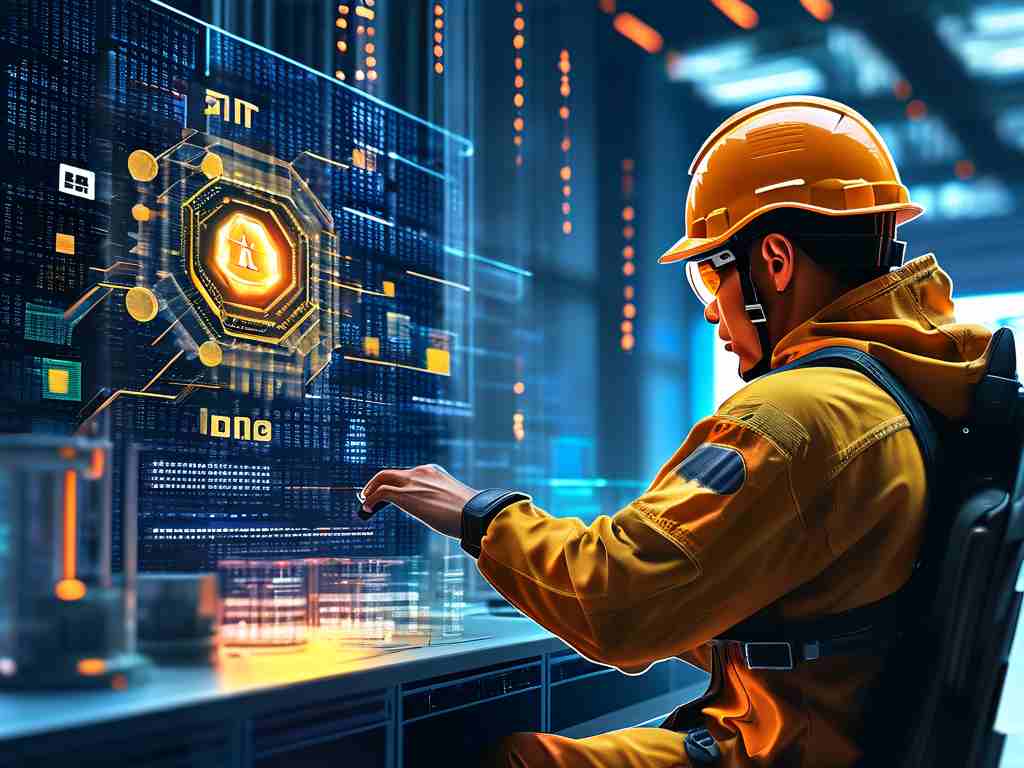Blockchain technology has emerged as a transformative force across industries, yet many newcomers find its concepts intimidating. This introductory course aims to demystify the core principles of blockchain while providing actionable insights for those starting their journey. Let’s explore what makes this technology revolutionary and how beginners can build a solid foundation.
What Is Blockchain?
At its core, a blockchain is a decentralized digital ledger that records transactions across multiple computers. Unlike traditional databases controlled by central authorities, blockchain operates through peer-to-peer networks. Each "block" contains data (like transaction details), and these blocks link chronologically to form an unbreakable "chain." This structure ensures transparency and security, as altering any single block would require changing all subsequent blocks—a near-impossible feat without network consensus.
A classic analogy compares blockchain to a shared Google Doc. When multiple users edit a document simultaneously, changes appear in real time for all participants. Similarly, blockchain updates are visible across the network immediately, eliminating discrepancies and fostering trust among users.
Key Components of Blockchain Technology
-
Distributed Ledger:
Every participant in the network maintains an identical copy of the ledger. This decentralization removes single points of failure and prevents data manipulation. Financial institutions, for instance, use private blockchains to streamline cross-border payments while maintaining audit trails.
-
Cryptographic Security:
Advanced encryption techniques like SHA-256 (used in Bitcoin) protect data integrity. Each block contains a unique hash—a digital fingerprint—generated from its contents and the previous block’s hash. Even minor data changes produce entirely different hashes, making tampering easily detectable. -
Consensus Mechanisms:
Networks rely on protocols like Proof of Work (PoW) or Proof of Stake (PoS) to validate transactions. PoW, used by Bitcoin, requires miners to solve complex mathematical puzzles, while PoS (employed by Ethereum 2.0) selects validators based on their cryptocurrency holdings.
Real-World Applications
Blockchain extends far beyond cryptocurrencies. Consider these implementations:
- Supply Chain Management: Walmart uses blockchain to track food products from farm to shelf, reducing contamination risks by pinpointing affected batches in seconds.
- Healthcare: Patient records stored on blockchain enable secure, instant sharing between authorized providers while maintaining privacy through encryption.
- Digital Identity: Microsoft’s ION project leverages blockchain to create decentralized identifiers, giving users control over their personal data.
Learning Blockchain: First Steps
For hands-on practice, start with these tools:
// Sample Smart Contract in Solidity
pragma solidity ^0.8.0;
contract HelloBlockchain {
string public message;
constructor() {
message = "Welcome to Blockchain 101!";
}
function updateMessage(string memory newMessage) public {
message = newMessage;
}
}
This simple Ethereum smart contract demonstrates how code executes autonomously on blockchain networks. Platforms like Remix IDE allow beginners to deploy and test such contracts without upfront costs.
Common Misconceptions
- Blockchain ≠ Bitcoin: While Bitcoin popularized blockchain, the technology supports countless other applications.
- Not Always Public: Enterprises often use permissioned blockchains where access is restricted to authorized participants.
- Energy Concerns: Newer consensus models like PoS consume 99% less energy than traditional PoW systems.
Career Opportunities
The blockchain sector offers roles ranging from smart contract developers to solutions architects. According to LinkedIn’s 2023 Emerging Jobs Report, blockchain-related positions have grown 615% since 2020. Certifications from organizations like the Blockchain Council or Coursera’s "Blockchain Specialization" course can boost employability.
Challenges Ahead
Scalability remains a hurdle—Bitcoin processes 7 transactions per second versus Visa’s 24,000. Layer-2 solutions like Lightning Network and sharding (splitting databases into smaller parts) aim to address this. Regulatory uncertainty also persists, with governments grappling to balance innovation and consumer protection.
Final Thoughts
Blockchain technology represents a paradigm shift in how we store and verify information. By starting with foundational concepts and experimenting with code, beginners can position themselves at the forefront of this digital revolution. As the technology matures, its potential to reshape industries—from finance to healthcare—will only expand, making now an ideal time to dive in.









